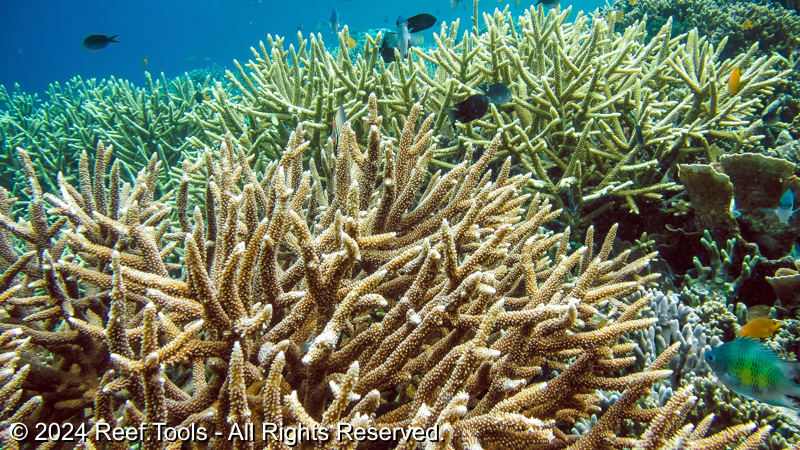
Alkalinity (kH)
Carbonate Buffering System
Last Reviewed: 12/15/2024
Alkalinity is a critical parameter in reef aquariums, influencing water chemistry and the health of marine organisms. Alkalinity is not represented by a chemical symbol, as it denotes the water's capacity to neutralize acids, primarily through bicarbonate (HCO₃⁻) and carbonate (CO₃²⁻) ions. Alkalinity measures the buffering capacity of water, indicating its ability to resist pH changes by neutralizing acids. In marine environments, this buffering is mainly due to bicarbonate and carbonate ions. Maintaining appropriate alkalinity levels is vital for the stability of reef aquariums.
Natural Seawater Levels
Natural seawater typically has an alkalinity of approximately 2.5 to 3.0 meq/L (7 to 8.4 dKH). Reef aquarists often aim for similar or slightly elevated levels to support coral growth.
Risks
Low Alkalinity: Can lead to pH instability and hinder coral calcification.
High Alkalinity: May cause calcium carbonate precipitation, reducing calcium availability and affecting water clarity.
Relevancy
Proper alkalinity levels are essential for:
- Coral Calcification: Corals utilize bicarbonate and carbonate ions to build their calcium carbonate skeletons.
- pH Stability: Adequate alkalinity helps maintain stable pH levels, crucial for the health of marine organisms.
Ocean Values
| Reference Name | Low | High | Optimal | Unit |
|---|---|---|---|---|
| Australia Ocean | 7.0000 | 8.0000 | 7.3000 | dKH |
| Caribbean Ocean | 7.0000 | 7.8000 | 7.2000 | dKH |
| Hawaii Ocean | 6.8000 | 7.6000 | 7.2000 | dKH |
Regional Variations
Alkalinity levels in natural seawater can vary based on local geological and biological factors.
Dosage Recommendations
Adjust alkalinity using commercial supplements, following manufacturer guidelines. Aim to maintain levels between 2.5 to 3.5 meq/L (7 to 10 dKH). Make changes gradually to avoid shocking the system.
Handling
Testing: Utilize reliable test kits or digital titrators to measure alkalinity accurately.
Adjustment: Carefully dose alkalinity supplements, considering their impact on pH and overall water chemistry.
Reef.Tools recommends: Maintain Alkalinity (kH) concentrations between 7.5000 and 9.5000 dKH.
Difficulty
Rating: Moderate
Requires regular monitoring and precise adjustments to maintain optimal levels.
Categorization
Parameter Type: Chemical Water Parameter
Role: Buffering Capacity and Coral Health
Usually Deficient
In reef aquariums, alkalinity can be rapidly depleted due to coral calcification and other biological processes.
Essential
Essential for coral health and overall stability of the aquarium environment.
Aliases
Buffering Capacity, Total Alkalinity, Carbonate Hardness (KH),Alkalinity,Alk